Last week our kiddos learned about John the Baptist and Jesus’ baptism in their Sunday School classes. To help reinforce the lesson, we made some egg carton locusts or grasshoppers. Now they all remember what John the Baptist ate. (Adult supervision needed with exacto knife and glue gun)
Materials:
| Egg carton Tempera paint Pipe cleaners or chenille stem Wiggly eyes Glue Exacto knife or other sharp object for poking holes Hole puncher (optional) Glue gun (optional) |
Instructions:
| 1. Cut a 3-cup strip from a paper-type egg carton, paint it green and let dry. It’s better to have a little “ledge” on each side of the egg cartons for attaching the legs.2. Bend pipe cleaners to form the grasshopper legs. There’s a couple of ways to attache the legs. You can either hot glue them down or use a hole puncher to punch four holes and stick the pipe cleaners through the holes and twist them in place.
3.Now cut two holes (I cut two “X”) in the head and poke a pipe cleaner through for the antennae. |
Painting the grasshoppers.
Painted grasshoppers set aside for drying.
Enjoy!
I got this idea from Pinterest: Motherhood on a Dime.
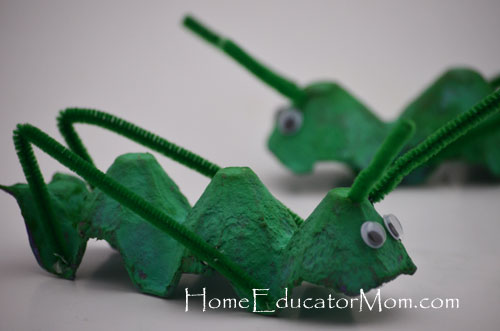
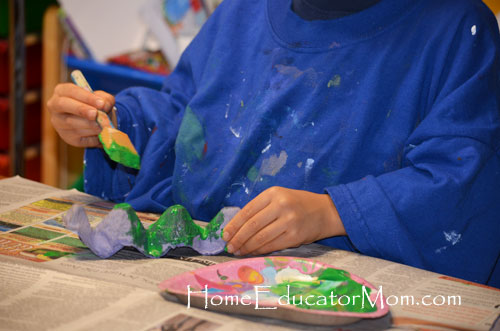
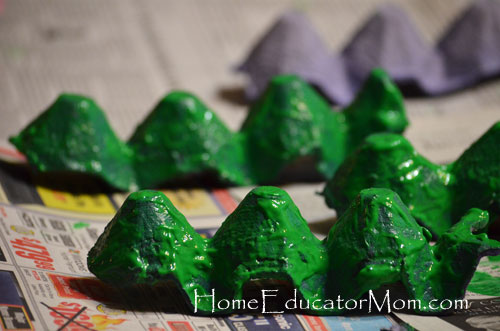

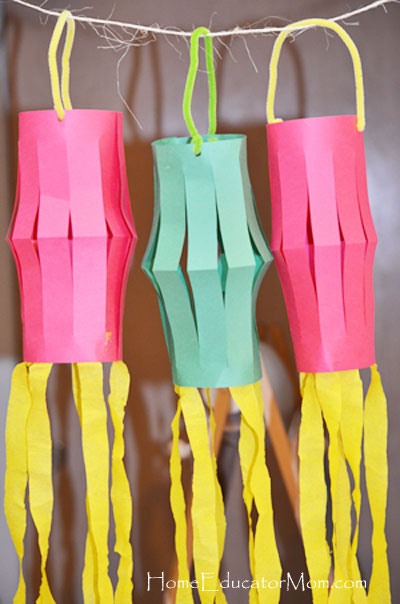
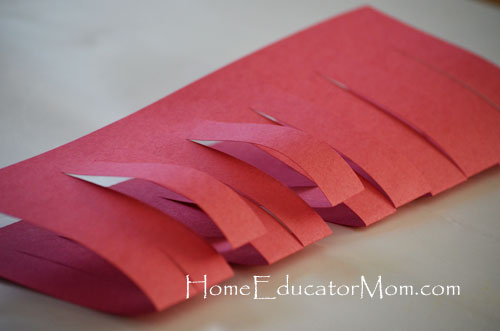
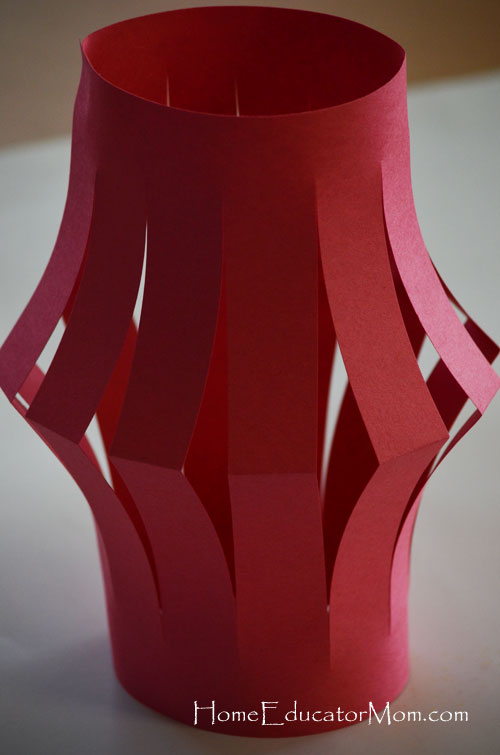
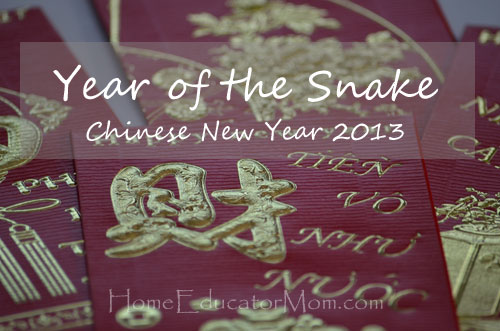
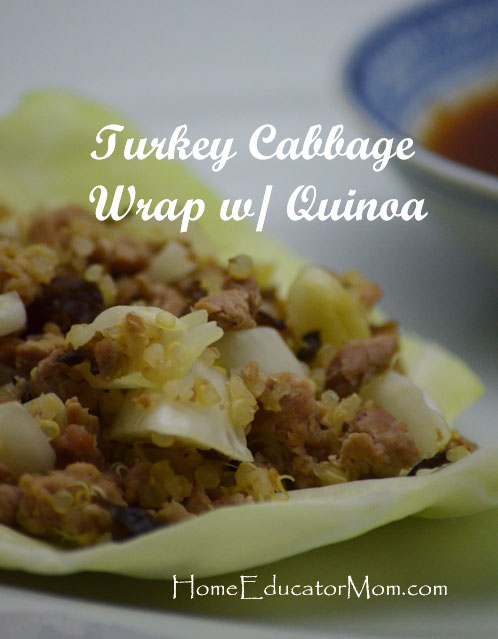
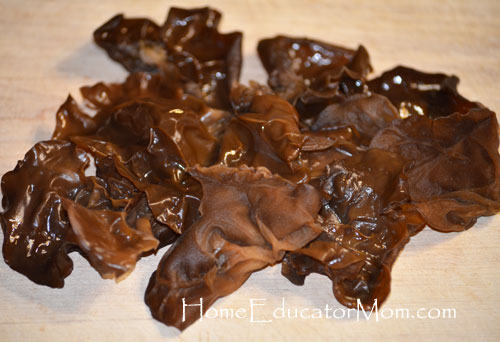
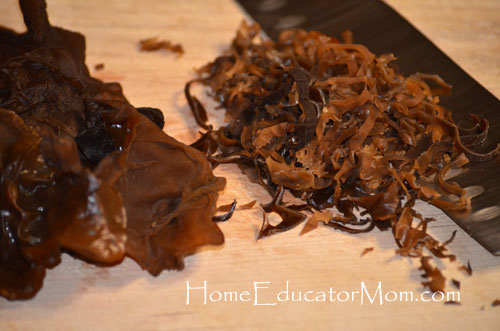
 Hi, I'm Betty and welcome to Home Educator Mom. Whether you are a homeschooling family or not, we’re all called to be our kids’ first teachers. Our desire here is to encourage moms as we walk this path of training and equipping our children. We hope you will stay a while and join us on this journey: learning and sharing life together. Meet our
Hi, I'm Betty and welcome to Home Educator Mom. Whether you are a homeschooling family or not, we’re all called to be our kids’ first teachers. Our desire here is to encourage moms as we walk this path of training and equipping our children. We hope you will stay a while and join us on this journey: learning and sharing life together. Meet our 









